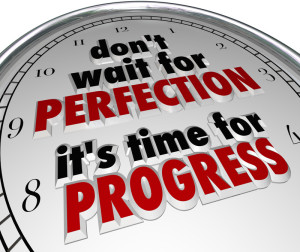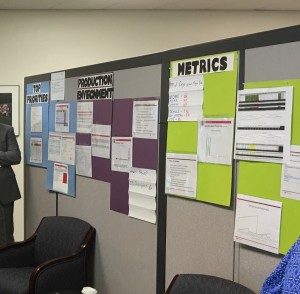Today is the longest day of the year and the official start of summer. This longest day leads me to reflect on how we spend our time.
I recently had the pleasure of interviewing Saad Chaudhry, Chief Digital and Information Officer at Luminis Health, for a Townhall episode on This Week Health. Saad is an inspiring leader on so many levels so preparing interview questions was easy. I had heard Saad talk in the past about what he calls his Manifesto of Time, so I wanted to make sure we discussed it in the interview. For Saad, looking at the number of hours the average person has in their lifetime means looking at how we choose to spend it and whether we give or take time from others.
As a health IT leader, he says we are in the business of time. He is committed to giving time back to staff and patients. He asks in his manifesto – “Does a process/technology/policy steal time from a fellow human? Is there a better alternative to simplify the experience?” He challenges us to make systems and processes easier for patients and staff, giving time back rather than taking more time from them.
I can’t say it nearly as well as Saad, so I encourage you to read The Manifesto of Time and listen to the short clip on time from our interview – Spending Time: Why It’s Important to Maximize Giving Back Our Most Valuable Commodity. We covered much more in the full interview if you are interested and willing to spend 30 minutes of your time listening – A Realigned Role, Generational Diversity, and Giving Back Time.
I know your time is precious – thanks for reading and listening!








